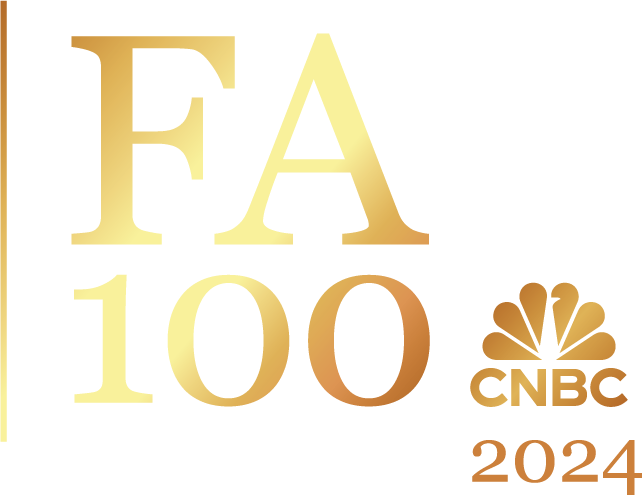
The Secure Act 2.0 contained changes that affect your retirement distribution strategy and timeline. We’ve compiled a deep dive into information about these changes and how they could affect you.
What Are RMDs?
Required minimum distributions (RMDs) are the minimum funds that must be withdrawn annually from eligible retirement savings accounts. The IRS defines those eligible accounts as:
- Traditional Individual Retirement Account (IRA)
- Simplified Employee Pension (SEP) IRA
- Savings Incentive Match Plan for Employees (SIMPLE) IRA
- Traditional 401(k)
- 403b
- 457b
- Profit sharing plans
- Other defined contribution plans
- Inherited Roth IRAs
RMDs dictate the minimum amount of money you must withdraw annually from your eligible retirement accounts.
Fast RMD Facts:
- You can withdraw more than your RMD annually if you wish.
- Your withdrawals are included in your taxable income for the year except for any funds that were taxed upon their placement into the account or that can be received tax-free (like qualified distributions from Roth accounts)
Why Do We Have RMDs?
The primary purpose of RMDs is to prevent people from using their retirement savings accounts to avoid paying taxes. Unfortunately, you can’t keep deferring taxes from your retirement savings accounts forever.
RMDs are taxed as ordinary income, meaning the money you withdraw will be taxed at your regular income tax rate.
The IRS utilizes the Uniform Lifetime Table to calculate your RMDs. If you’re interested in getting a peek at what yours could look like, you can use the following resources provided by the IRS.
- Calculating worksheets
- Uniform Lifetime Table
- Single Life Expectancy Table
- Joint Life and Last Survivor Expectancy table
What Has Changed About RMDs?
Secure Act 2.0 Legislation made the following changes that affect RMDs:
- Increased the age for starting RMDs to 73, effective 2023. Gradual increases to age 75 by 2035.
- Eliminated the RMD requirement for those participating in a Roth plan through their employer (like a Roth 401(k)).
- Reduced the penalty tax for not taking, or taking less than, your RMD due for the year.
Let’s take a deeper look at each of these changes.
Required RMD Age Increased
The Secure Act in 2019 made the beginning age for RMDs 72. The Secure Act 2.0 increases the starting age to 73 for those that turn 72 on or after January 1, 2023. If you turn 72 in 2023, you will not be required to take an RMD this year.
Therefore, if you’re turning 73 in 2023, it will be considered your first year’s RMD, and because it’s your first year’s RMD you have until April 1 of the following year to take it (2024). This will not be the case in subsequent years, where your RMD will need to be taken by year-end.
Why This Change Is Important
Deciding when to take your first RMD is critical to your retirement savings. If you wait until the following year to take your first year’s RMD, you would be taking two RMDs in year two. For example, if you turned 73 in 2024…
- You can take it in 2024.
- You can take it in 2025 (no later than April 1).
- For 2025, you will also have to take your second year’s RMD.
Taking two RMDs in one year can have significant tax implications, like pushing you into a higher tax bracket. This could snowball into affecting your Social Security Income Tax or Medicare costs.
Before deciding on your RMD withdrawal strategy, it’s always wise to consult your financial advisor first.
Eliminated RMDs for Employer Roth Accounts
In the past, if you have a Roth IRA, you were not required to take RMDs. Now, this exclusion includes Roth accounts that are held under employer-sponsored retirement plans. This change means that all Roth employer plans (401(k), 403(b), etc.) are no longer subject to RMDs.
But, it’s important to note that this change is effective after December 31, 2023. Meaning, if you turn 73 in 2023, you will still be required to take RMDs from your employer Roth accounts by April 1, 2024.
Why This Change Is Important
All Roth account contributions are made using after-tax dollars, which means you don’t have to pay taxes on withdrawals during retirement. Now, with this additional elimination of RMDs, Roth accounts are becoming even more user and tax-friendly!
Penalty Reduction For Missed RMDs
Mistakes happen! But, if you miss or take too little of your RMDs for the year, you will have to face a penalty.
Previously, the penalty tax was 50% for RMDs that slipped through the cracks. Now, effective in 2023, that amount is reduced to 25%. If you correct your mistake during the two-year “correction window”, that penalty shrinks down to 10%.
To get the 10% penalty, you must take all of your missed RMDs and file a tax return paying the required tax, and penalty, before you receive notice of your RMD penalty, or, within two years of the missed RMD.
Why This Change Is Important
No one likes to be penalized, especially if it was a mistake or misunderstanding! Reducing the penalty to 25%, down from 50%, alleviates the burden on those that forget, or don’t pay enough RMDs. In addition, if you do make a mistake, and you catch it early enough, you have the opportunity to make it right, and receive the even lower penalty of 10%.
If you’re concerned whether you’ve taken your scheduled RMDs or if you’ve taken enough, be sure to check with your financial advisor before the deadline. It could save you some money!
Still Have Questions About RMDs?
RMDs are a critical part of your retirement planning as you can see in our What Issues Should I Consider When Taking my RMD checklist. It’s essential to be familiar with these new changes to develop a plan that works best for you and your retirement spending plan.
If you have further questions about these changes, when to begin taking your RMDs, or what to do with your RMDs, our team at Wingate Wealth Advisors is here to help you.
We’ve been working with people for 37 years. We understand that having a solid grasp of your finances is essential to feeling secure and, ultimately, achieving your personal and financial goals.
If you’re ready to create a custom financial plan, effectively manage your investments, or plan your dream retirement, please contact us today.


